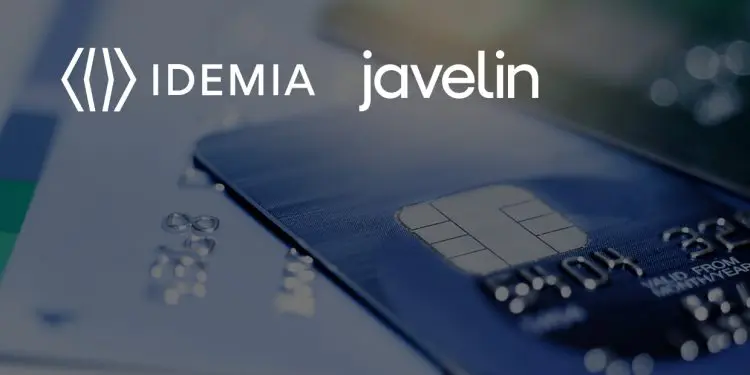Right under our noses, payment card design has been making strong advances in aesthetic and usage terms. As card issuers fight for top-of-wallet positioning, they have been leveraging design features and formats that enable them to elevate their brand and differentiate their card programs. Features like personalization options and biometric sensors can make a strong impact on the final card design—and enhance customer satisfaction.
During a PaymentsJournal webinar, Julia Schoonenberg, Executive Vice President for Payment Services at IDEMIA Secure Transactions, and Brian Riley, Director of Credit Advisory Services and Co-Head of Payments at Javelin Strategy & Research, discuss how card design trends are shaping the industry. They talked about not just the look but also the function of the physical card and what issuers have been doing to gain competitive advantages in these areas.
Living in a Visual World
One can argue that design is more important than ever. We live in a world where we communicate virtually and visually, with heavy doses of icons and emojis. Our relationships with banks are no exception.
“Design will increasingly play a key role in the bank card program and strategy,” Schoonenberg said. “There are a myriad of design capabilities impacting the card body material, the shape, the visual effect, texture, weight, and even the form factor.”
Card issuers that create distinctive and attractive card designs can set themselves apart from their competitors with innovative raw materials, original cutting, and design techniques in line with their market segmentations. Banks can create a payment card that reinforces the bank brand and its positioning and creates an emotional bond with its brand. That can reinforce consumer loyalty by providing cards that strengthen the values users want to convey. IDEMIA Secure Transactions— the leading technology provider that unlocks safer and easier ways to pay and connect —has been at the forefront of that movement.
“The card itself represents the financial institution,” Riley said. “That remains the case whether you’re going into a mature market or developing market, whether the payments go through the internet or offline. That card establishes the front-end focus of the financial institution.”
Express Yourself
Banks increasingly segment their customers by persona to better customize their offerings. Here, too, design can play a critical role. Designs can allow a customer to self-identify as an innovator, as trendy, or at a more premium level.
Toward that end, there’s been a shift toward empowering users to express their individuality through their payment cards.
“Consumers can select the card product they want also based on characteristics such as a standard plastic card, recycled PVC card or a metal card,” Schoonenberg said. “Banks can also give the opportunity to their consumer to select and even choose the card art of their choice directly from their mobile banking app, allowing them to customize the design of their cards.”
Some banks and card issuers collaborate with artists, designers, or influencers to create exclusive card designs. This not only provides users with distinctive and aesthetically pleasing options but also serves as a marketing strategy to attract customers who appreciate art and design. “When issuers partner with a brand licenses provider, we have seen cards featuring Marvel characters or community images,” Schoonenberg said. “They can be linked with limited edition programs. From what we’ve seen at IDEMIA, they are often very successful.”
Physical dimensions, shape, and structure are aspects of card design where innovation is flourishing. Even ink has become an area of innovation. Card designs can now incorporate dynamic color schemes, often gradients or iridescent colors that change when viewed from different angles. Some cards were designed with interactive elements such as hidden thermoactive features that appear or change color when exposed to heat.
The Physical Card
Maybe even more significant than design are the physical features of the card. “The most advanced features that we’re seeing are being developed onto the physical card,” Schoonenberg said. “A biometric sensor allows you to use your fingerprint to authenticate yourself instead of having to remember a PIN. This is particularly convenient for contactless payments.”
These innovations can also mean more inclusivity for people who find it difficult to physically manipulate the card.
Another aspect of card design new to Americans is the dynamic CVV. This feature has been around for a while in Europe, where a dynamic screen on the card keeps changing the CVV. “That is bringing a lot of security to online payments,” Schoonenberg said. “They also have illuminated cards that light up when you when you tap to pay. We’re seeing a lot of interest from financial institutions all over the world for those kinds of features.”
“These advanced design features have become even more important as we go towards electronic commerce and increasing payments offline debit card position,” Riley said. “If you’re a neobank, you don’t have branches, per se. The card is the entry point that customers can connect their card to that financial institution. The card itself and the design has its security features, but it also has a statement of the financial institution.”
As the banking experience becomes more remote, Schoonenberg notes that card design plays a vital role. “The look and feel of the card has become if anything more critical,” she said, “as that all-important physical link between the cardholder and the bank.”

